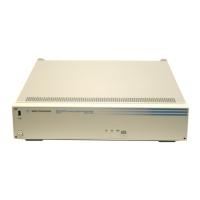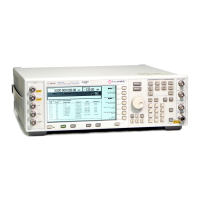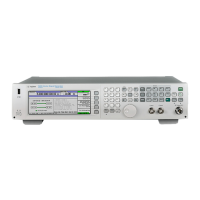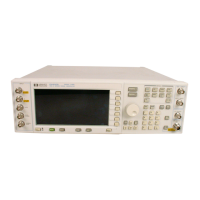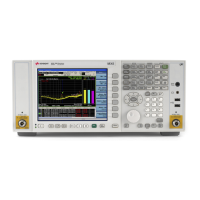Programming the
Status System
In This Subsection
This subsection discusses the structure of the status system used in
SCPI instruments, and explains how to program status registers. An
imp ortant feature of SCPI instruments is that they all implement
status registers the same way. The status system is explained in the
following paragraphs:
General Status
Register Mo del
These paragraphs explain the way that status
registers are structured in SCPI instruments. It
also contains an example of how bits in the various
registers change with dierent input conditions.
Required
Status Groups
These paragraphs describe the minimum required
status registers present in SCPI instruments. These
status registers cover the most frequently used
functions.
General Status Register
Model
The generalized status register mo del shown in Figure 1-33 is the
building blo ck of the SCPI status system. This mo del consists of a
condition register, a transition lter, an event register and an enable
register. A set of these registers is called a
status group
.
Figure 1-33. Generalized Status Register Model
When a status group is implemented in an instrument, it always
contains all of the comp onent registers. However, there is
not
always
a corresp onding command to read or write to every register.
Condition Register
The
condition register
continuously monitors the hardware and
rmware status of the instrument. There is no latching or buering
for this register, it is up dated in real time. Condition registers are
read-only.
1-106 Getting Started Programming

